18 signs you grew up on a farm
Living on a farm is a unique experience, brimming with charm and a sense of purpose. It’s a life where the morning sun greets you with opportunities, and the land tells stories of hard work and dedication.
Farmers are the unsung heroes who bring food to our tables, and their everyday experiences often go unnoticed. Let’s dive into the fascinating world of farm life and explore what makes it so special.
Waking Up with the Rooster’s Crow
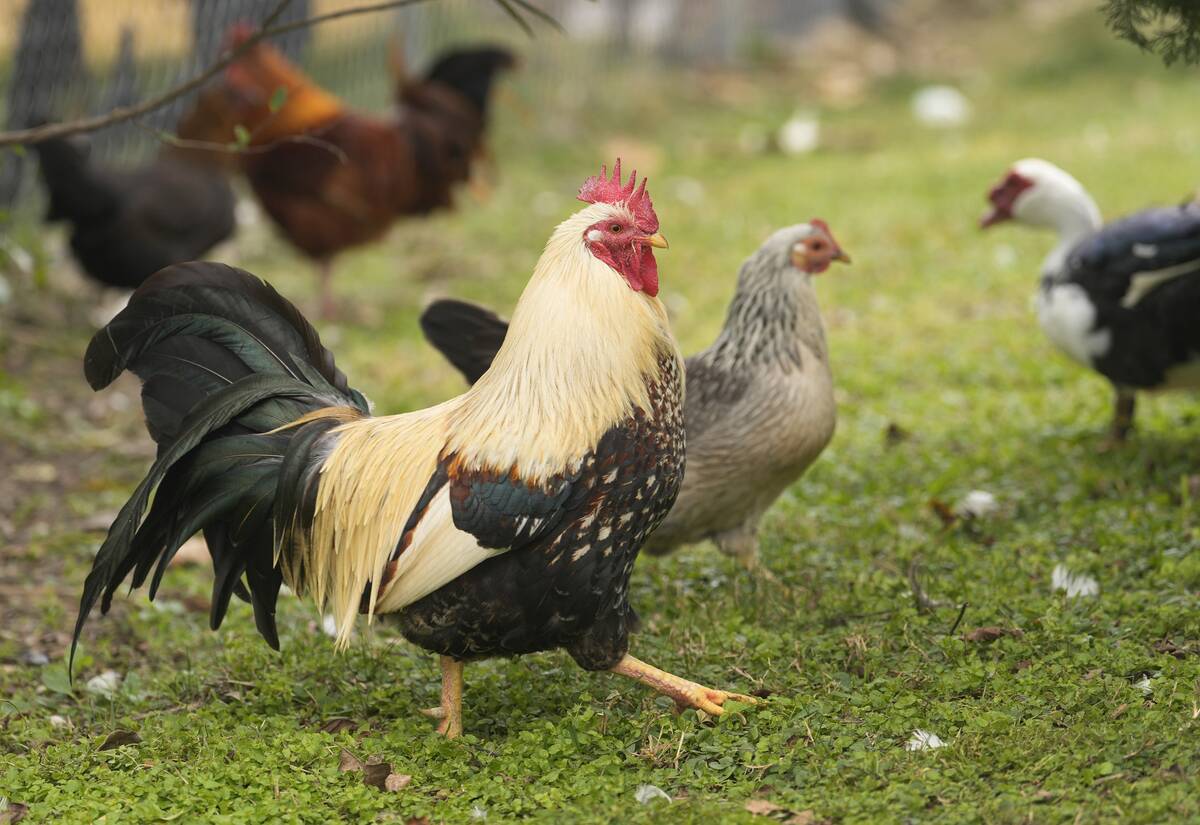
For many farmers, the day begins at the crack of dawn, heralded by the crow of a rooster. This natural alarm clock is more reliable than any digital device, signaling the start of a busy day.
Roosters have an internal circadian rhythm, which prompts them to crow at the break of day. This early wake-up call sets the tone for a day filled with chores and the rhythmic routine of farm life.
Understanding the Weather Like a Pro
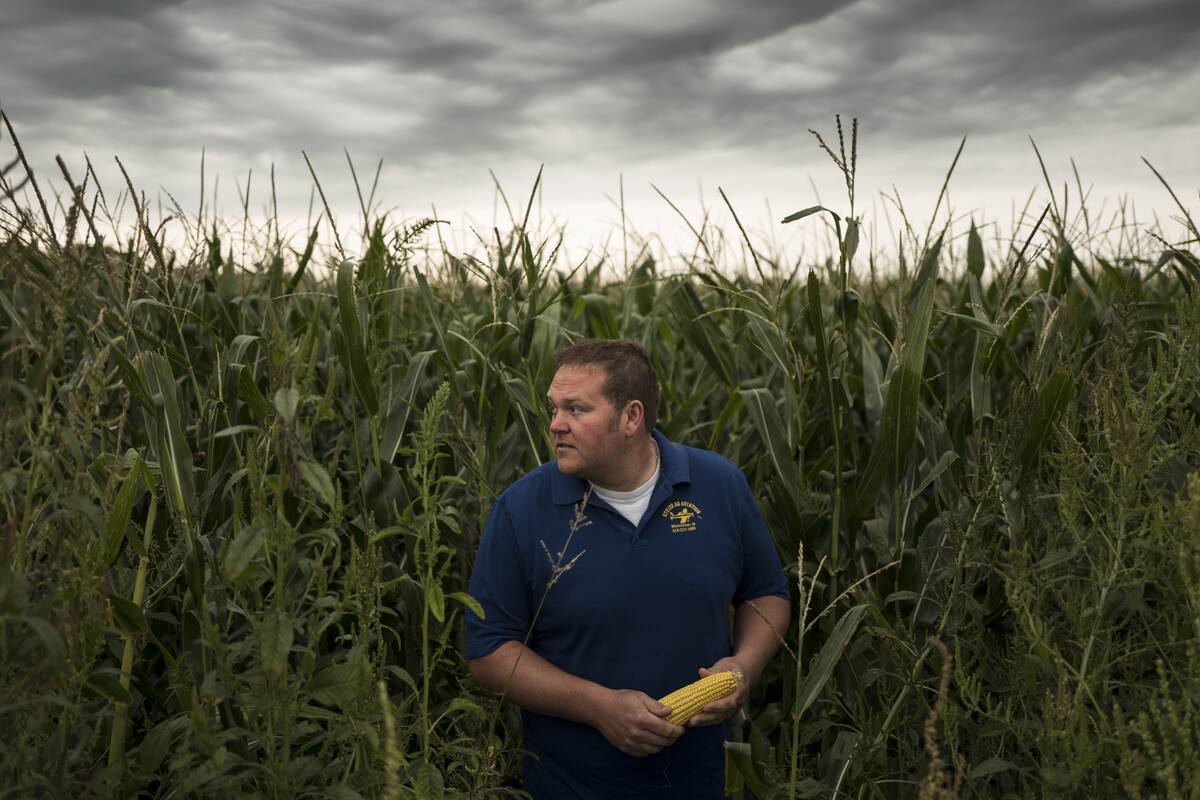
Farmers develop an intuitive understanding of the weather, a skill honed from years of experience. They can often predict rain just by observing the sky and feeling the wind.
This innate ability is crucial for planning daily tasks and ensuring the productivity of their crops. Weather patterns influence everything from planting schedules to harvest times, making weather-watching an essential part of farm life.
The Smell of Fresh Hay Feels Like Home
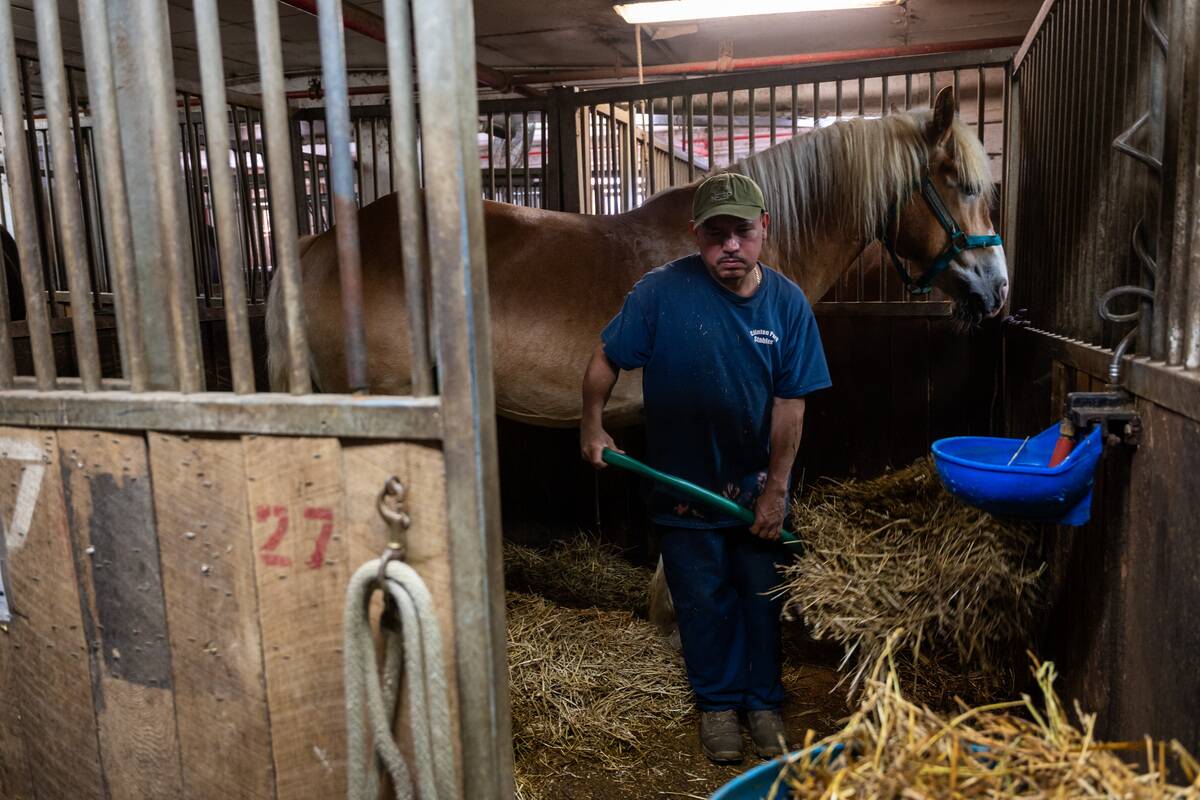
There’s something incredibly comforting about the sweet, earthy scent of freshly cut hay. This aroma is synonymous with farm life, evoking memories of summer days and hardworking afternoons.
Hay is a vital resource on the farm, used to feed livestock during the winter months. The process of making hay involves cutting, drying, and storing it properly to maintain its nutritional value.
Knowing the Difference Between Hay and Straw
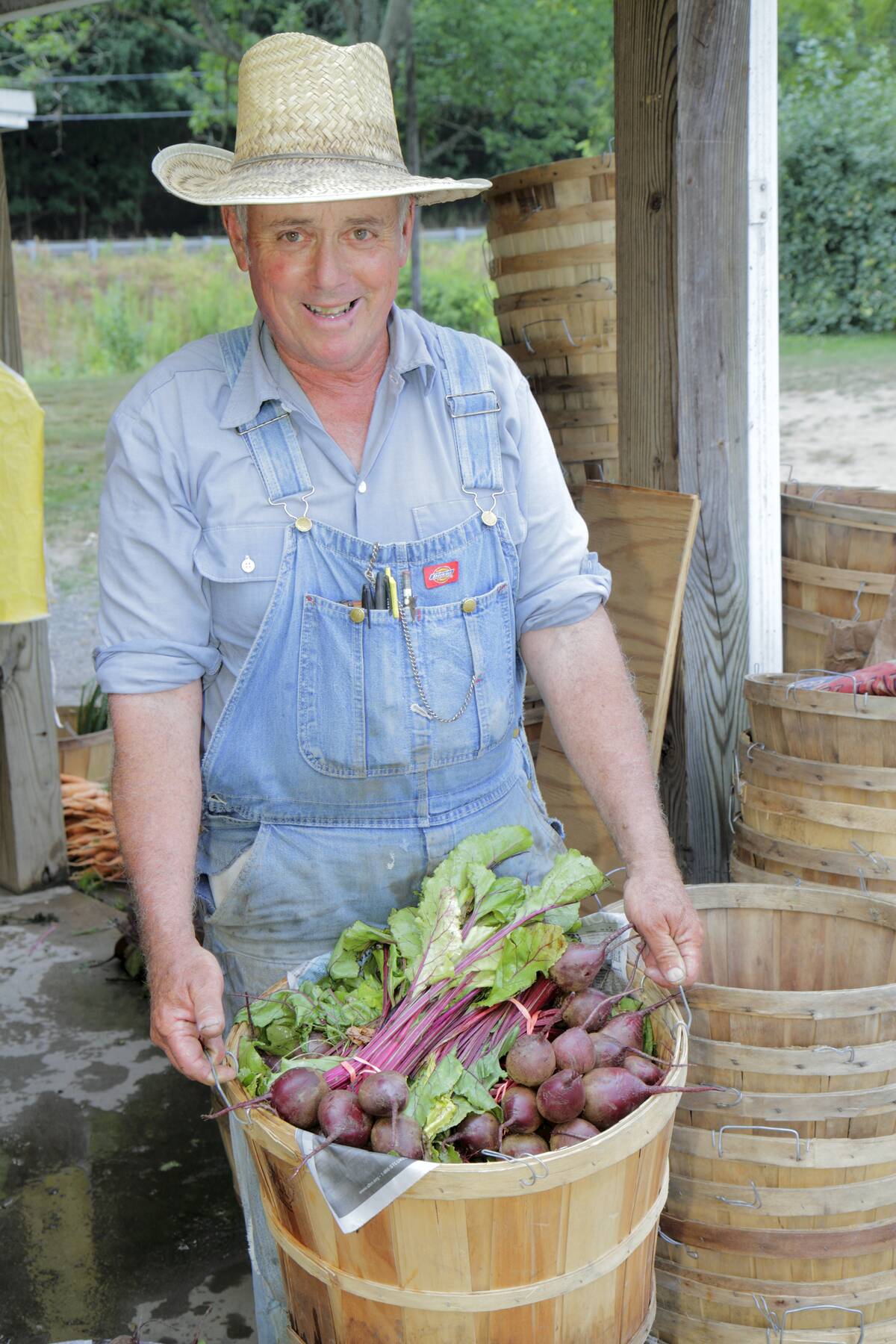
While hay and straw might look similar, they serve different purposes on the farm. Hay is made from grasses and legumes, and it’s used as animal feed.
Straw, on the other hand, is the stalk of cereal plants like wheat and barley, used mainly for bedding and garden mulch. Understanding the distinction is crucial for farmers to manage their resources effectively.
Driving a Tractor Before a Car
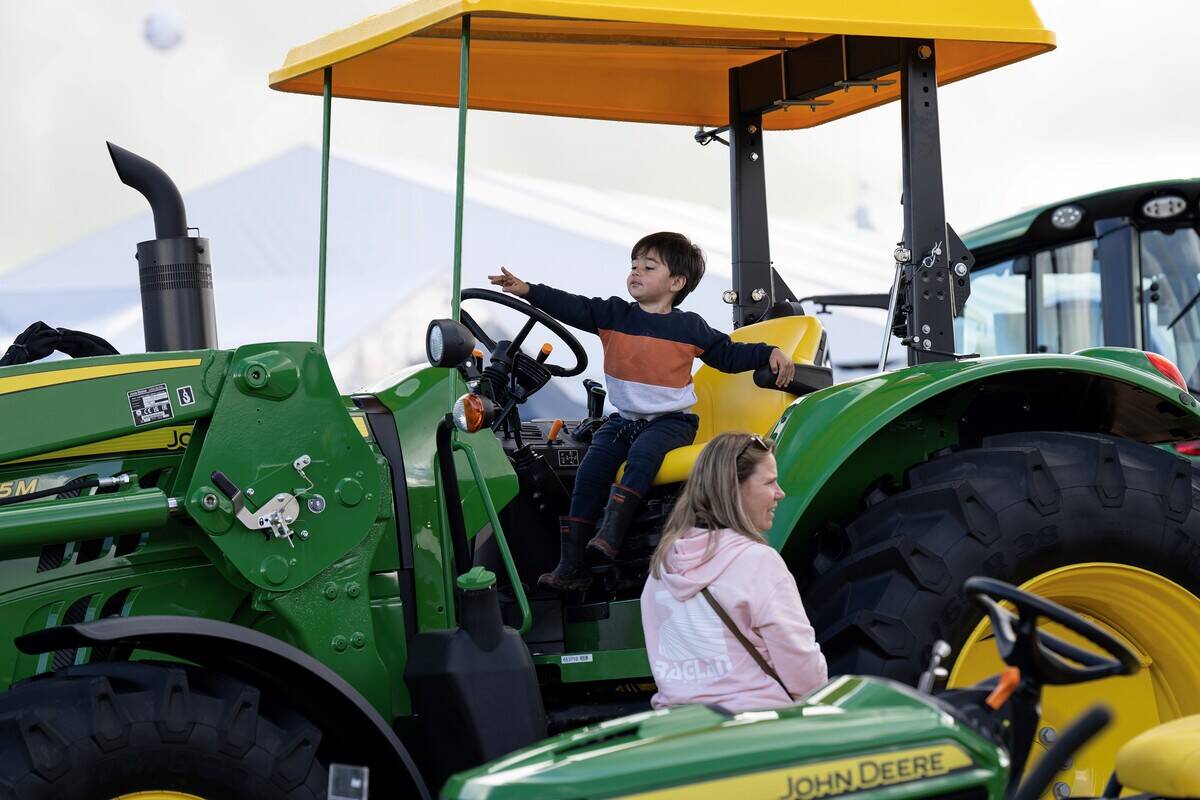
On a farm, it’s not uncommon for young people to learn to drive a tractor before they ever get behind the wheel of a car. Tractors are the workhorses of the farm, essential for plowing fields, planting seeds, and harvesting crops.
Mastering the controls of these powerful machines is a rite of passage for many farm kids, instilling a sense of responsibility and skill early on.
The Art of Mending Fences
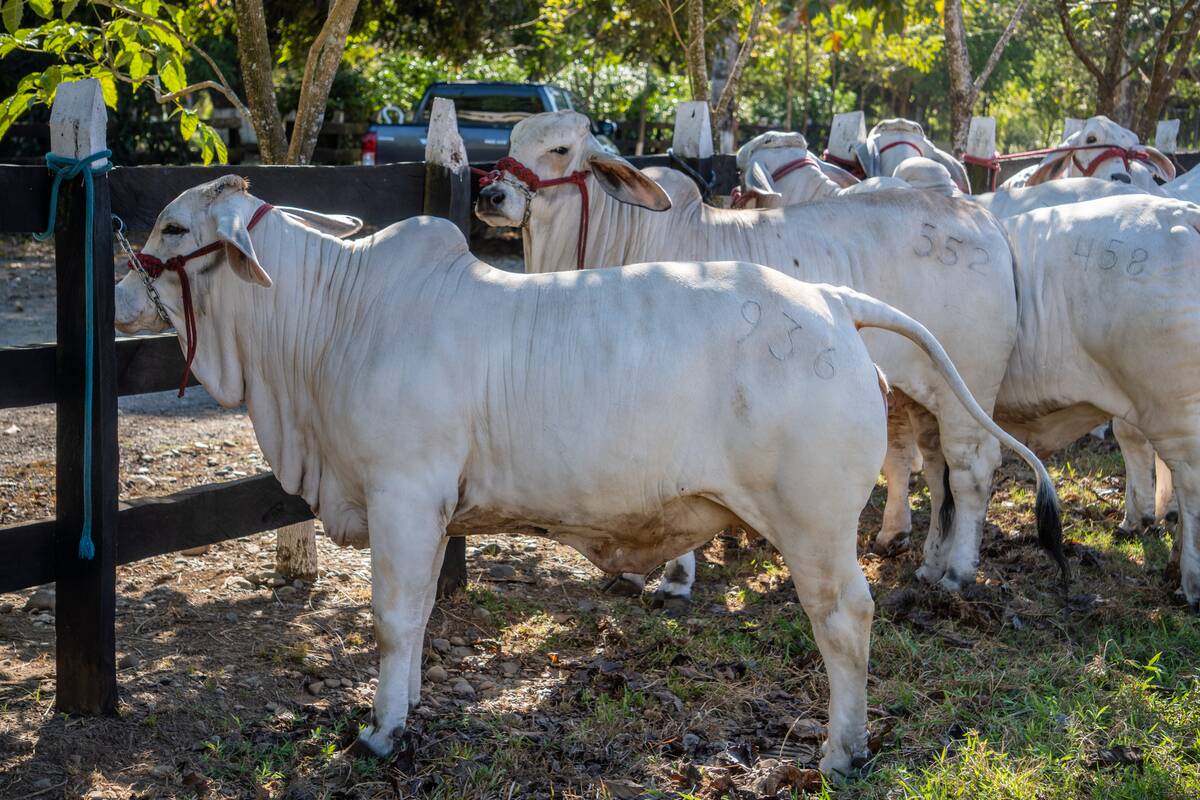
Mending fences is an essential skill for every farmer, ensuring that livestock remains safe and secure. This task requires patience and precision, often involving the use of barbed wire, wooden posts, and a trusty pair of pliers.
Regular maintenance prevents animals from wandering off and protects the farm’s boundaries, making it a vital chore in the farm’s daily life.
Having a Special Bond with Animals
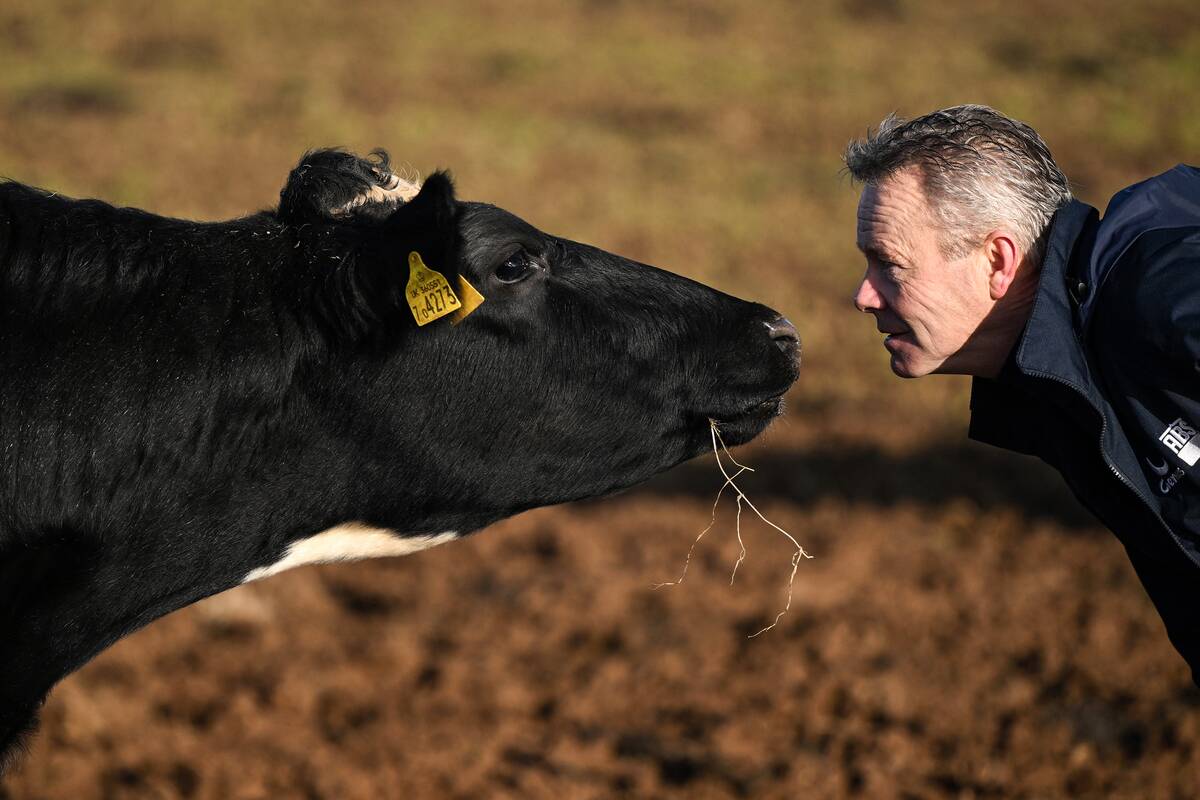
Farmers often develop a deep bond with the animals they care for, which goes beyond mere caretaking. This connection is built on trust and routine, as farmers tend to their livestock’s needs every day.
Whether it’s feeding, milking, or simply spending time with them, these interactions foster a relationship that’s both rewarding and essential for the farm’s success.
Seasonal Chores: From Planting to Harvesting
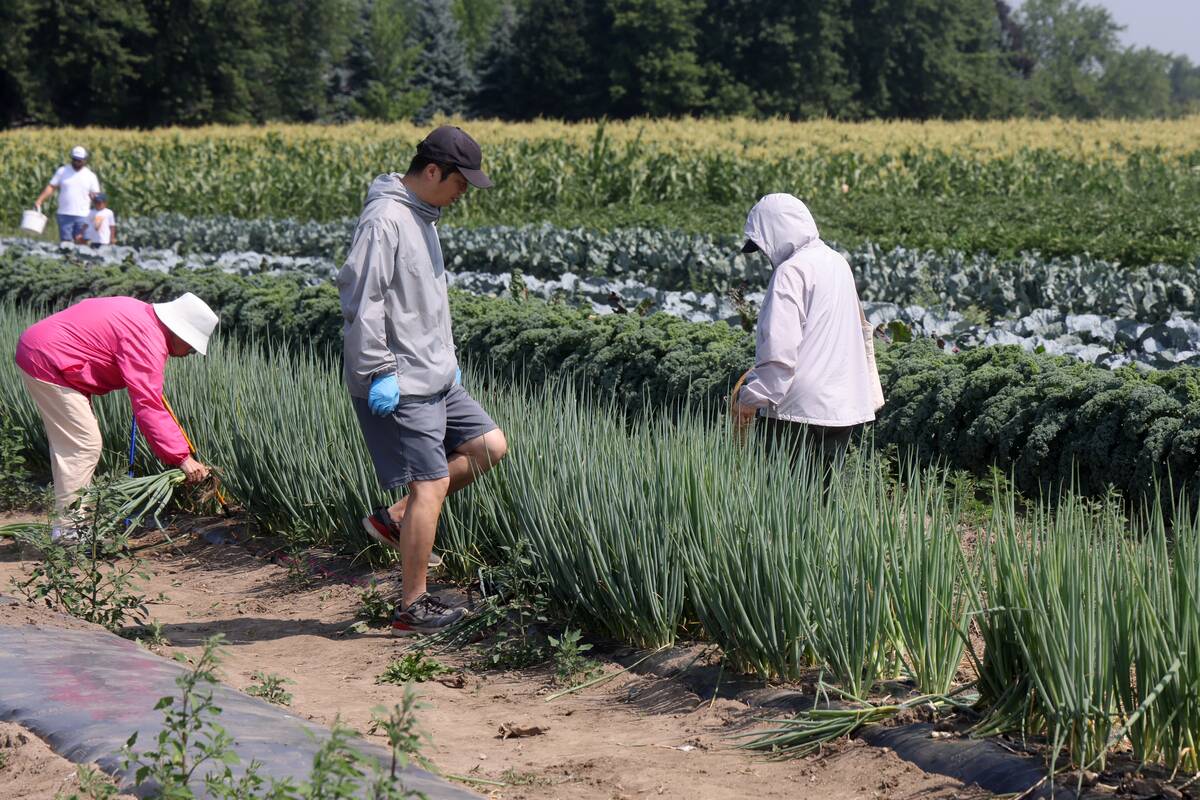
Farm life is dictated by the seasons, each bringing its own set of chores and challenges. Spring is for planting, as farmers sow seeds and prepare for the growing season.
By summer, crops are tended to and nurtured, ensuring a bountiful harvest come fall. Winter brings a time of rest and preparation for the cycle to begin anew, highlighting the continuous rhythm of farm life.
The Joy of Freshly Laid Eggs
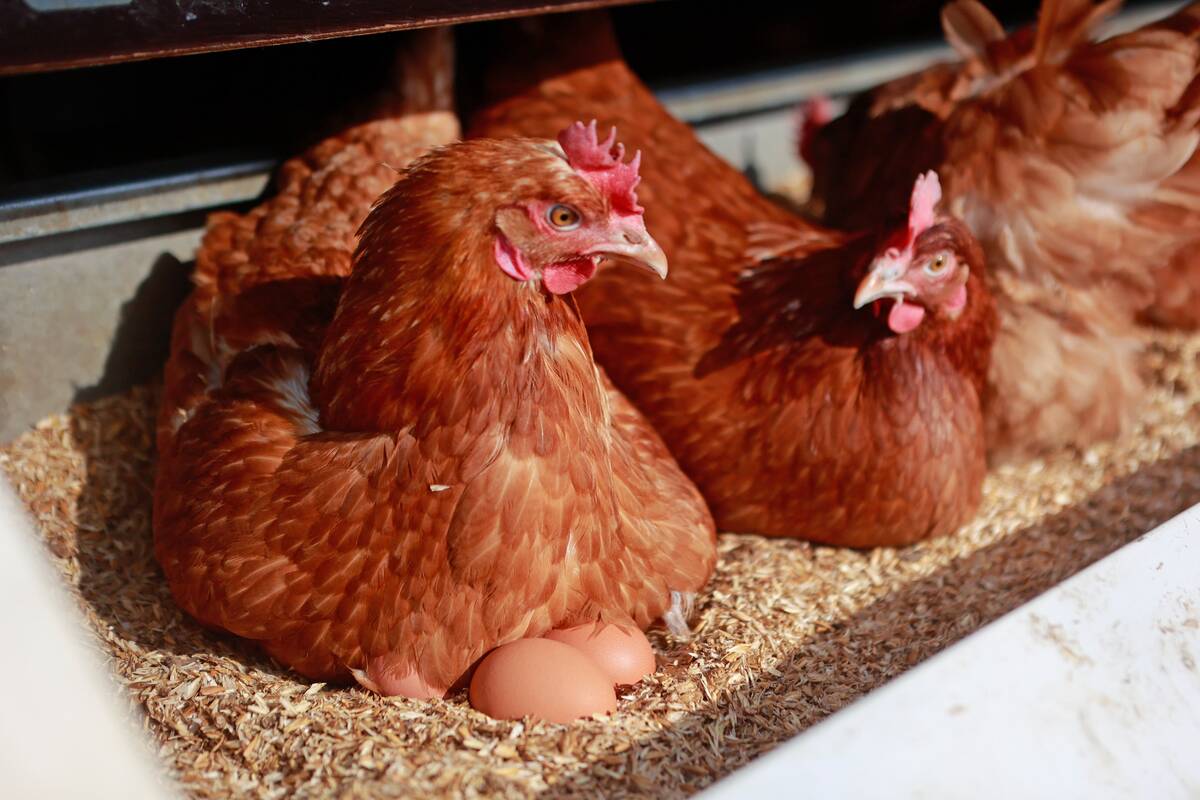
Collecting freshly laid eggs each morning is a simple pleasure that many farmers cherish. These eggs are not only a source of nourishment but also a testament to the hard work and dedication of caring for a flock of hens.
Fresh eggs have a distinct flavor and quality that can’t be replicated by store-bought versions, making them a prized possession on the farm.
Wearing Overalls as a Fashion Statement
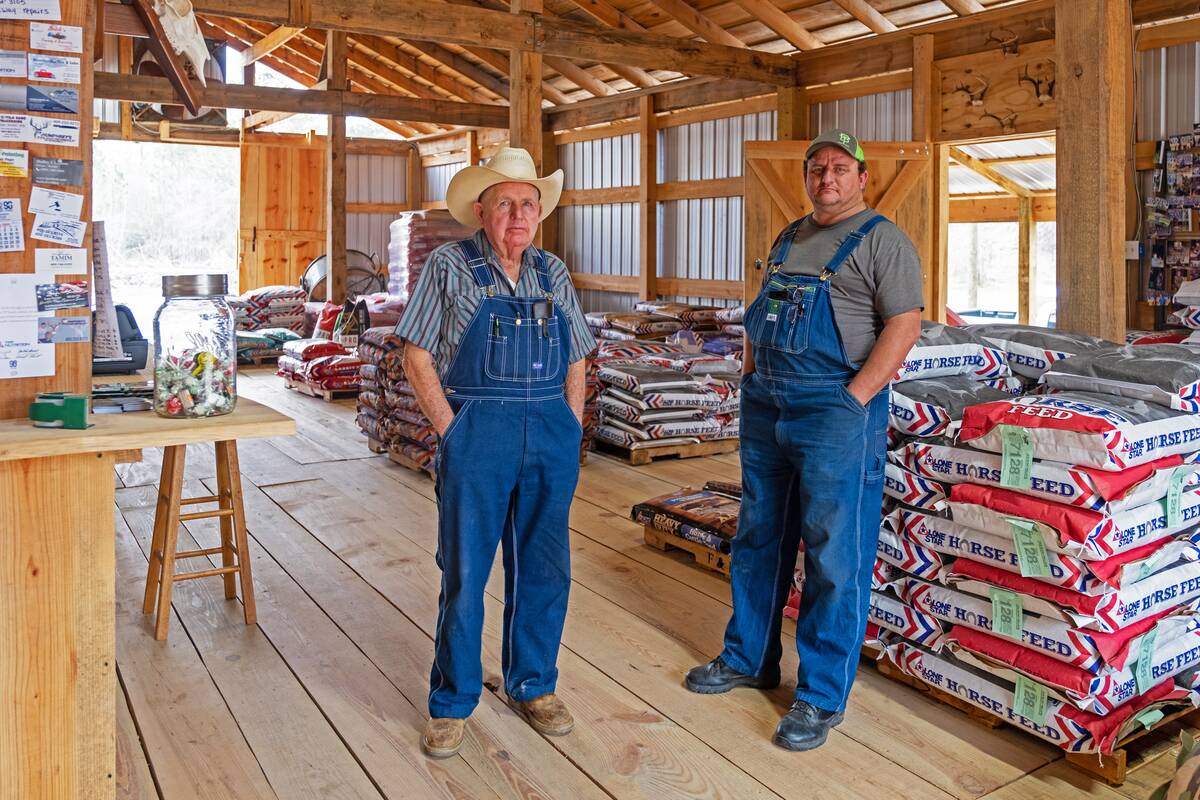
Overalls are a staple in a farmer’s wardrobe, valued for their practicality and durability. They’re designed to withstand the rigors of farm work, with plenty of pockets for tools and a fit that allows for easy movement.
Beyond functionality, overalls have become a fashion statement, symbolizing the hardworking spirit and rugged charm of farm life. Their timeless appeal continues to resonate beyond the fields.
Muddy Boots: A Badge of Honor

For farmers, muddy boots are more than just footwear; they’re a badge of honor. These well-worn boots tell the story of countless hours spent working the land, braving the elements, and achieving daily tasks.
The mud and dirt are symbols of dedication and perseverance, marking the long days and hard work that are inherent to farm life.
The Sound of a Barn Dance
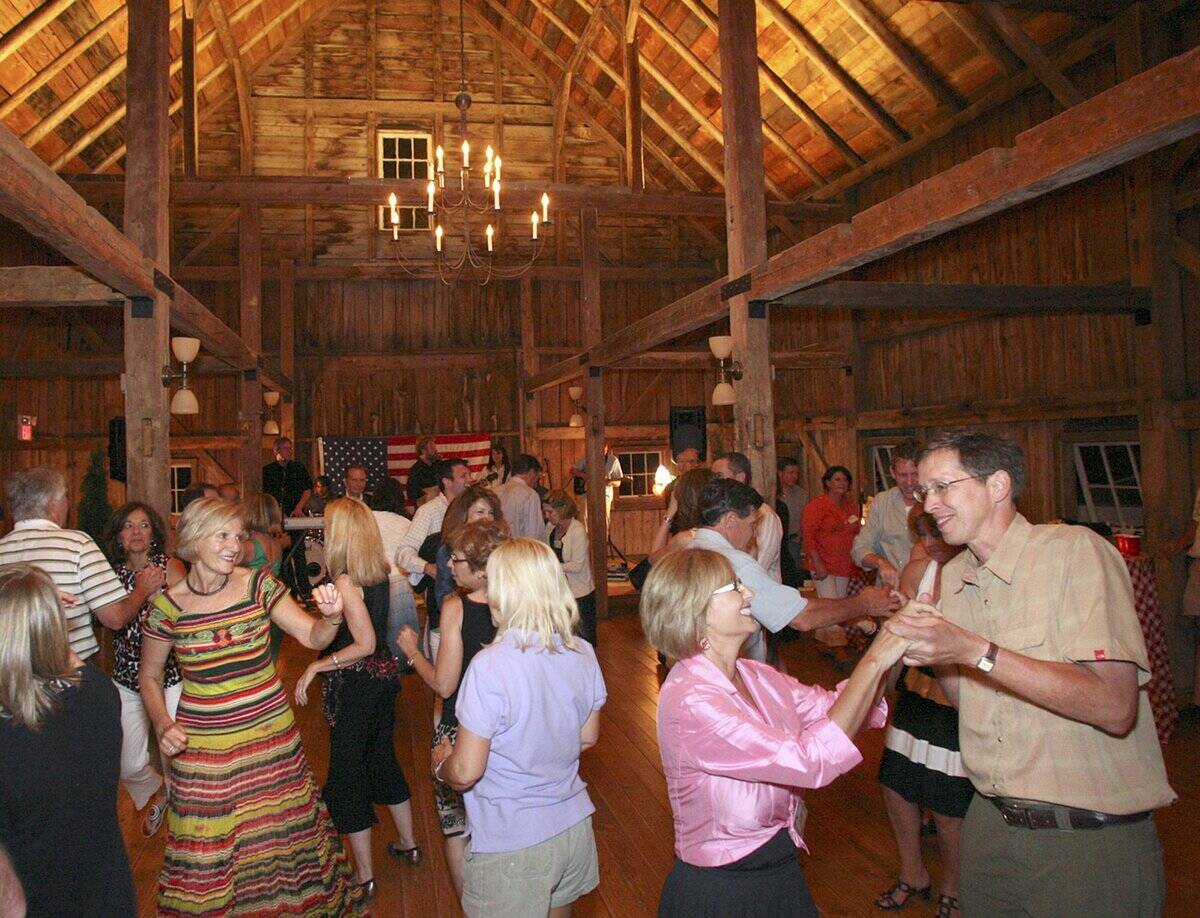
Barn dances are a festive part of rural culture, bringing communities together with music, laughter, and dance. Originating as a way to celebrate harvests and other milestones, these gatherings feature lively folk music and traditional dances.
The sound of fiddles and banjos fills the air, creating an atmosphere of joy and camaraderie that’s cherished by those who experience it.
Living on a First-Name Basis with Your Neighbors
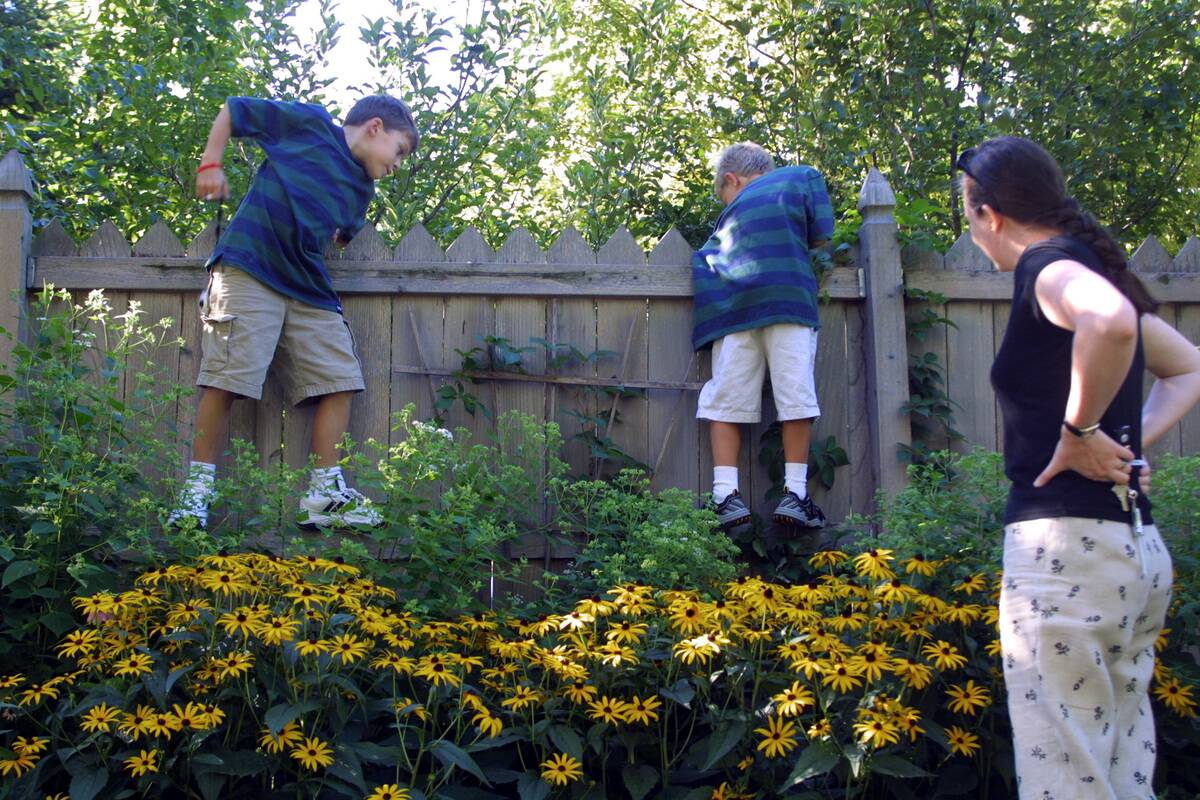
In rural communities, neighbors are more than just acquaintances; they become part of an extended family. Living on a first-name basis fosters a sense of belonging and mutual support.
Whether it’s lending a helping hand during harvest or sharing a meal, these relationships are built on trust and shared experiences, creating a tight-knit community that thrives on cooperation and friendship.
The Importance of a Good Farm Dog
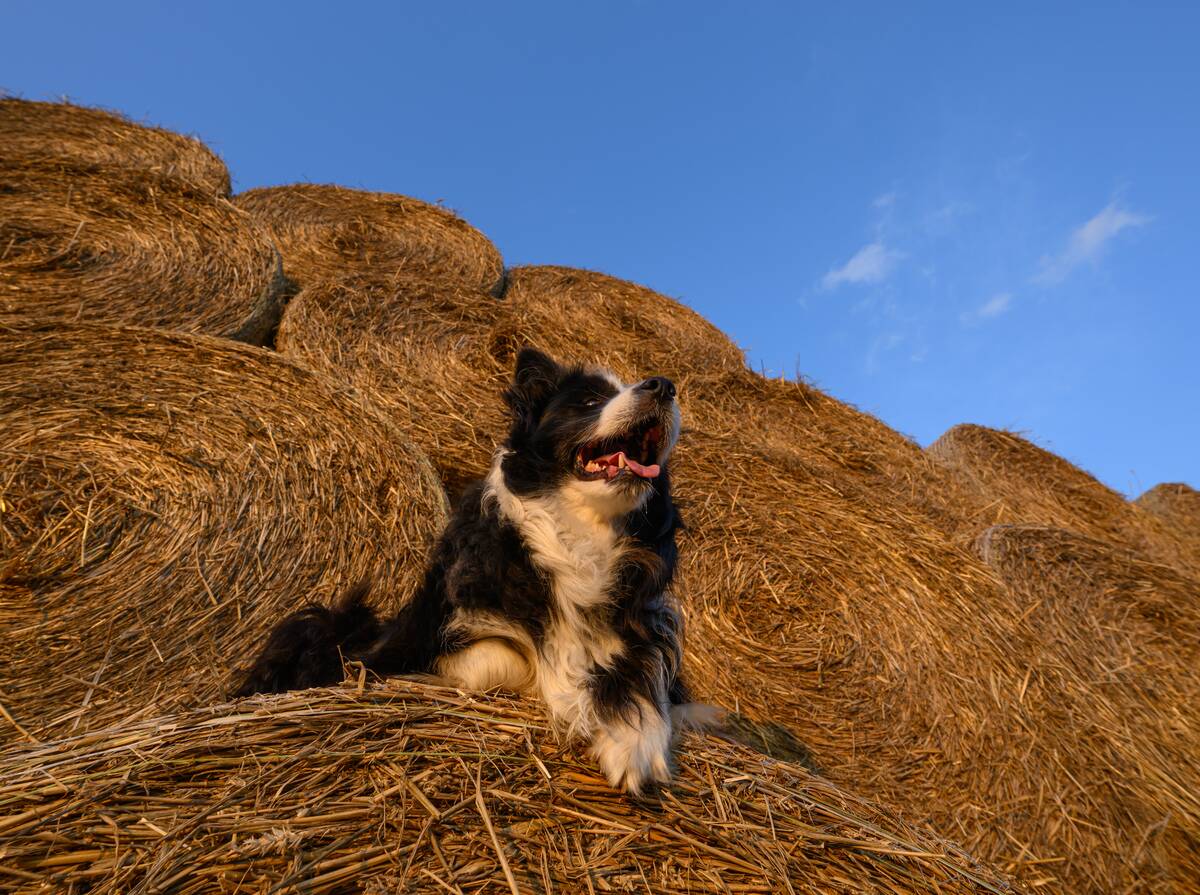
A good farm dog is an invaluable asset, offering companionship and assistance with various tasks around the farm. These loyal and hardworking animals help herd livestock, guard property, and even assist in hunting pests.
Their intelligence and dedication make them indispensable partners, and their presence is a source of comfort and security for farmers and their families.
Appreciating the Taste of Homegrown Vegetables
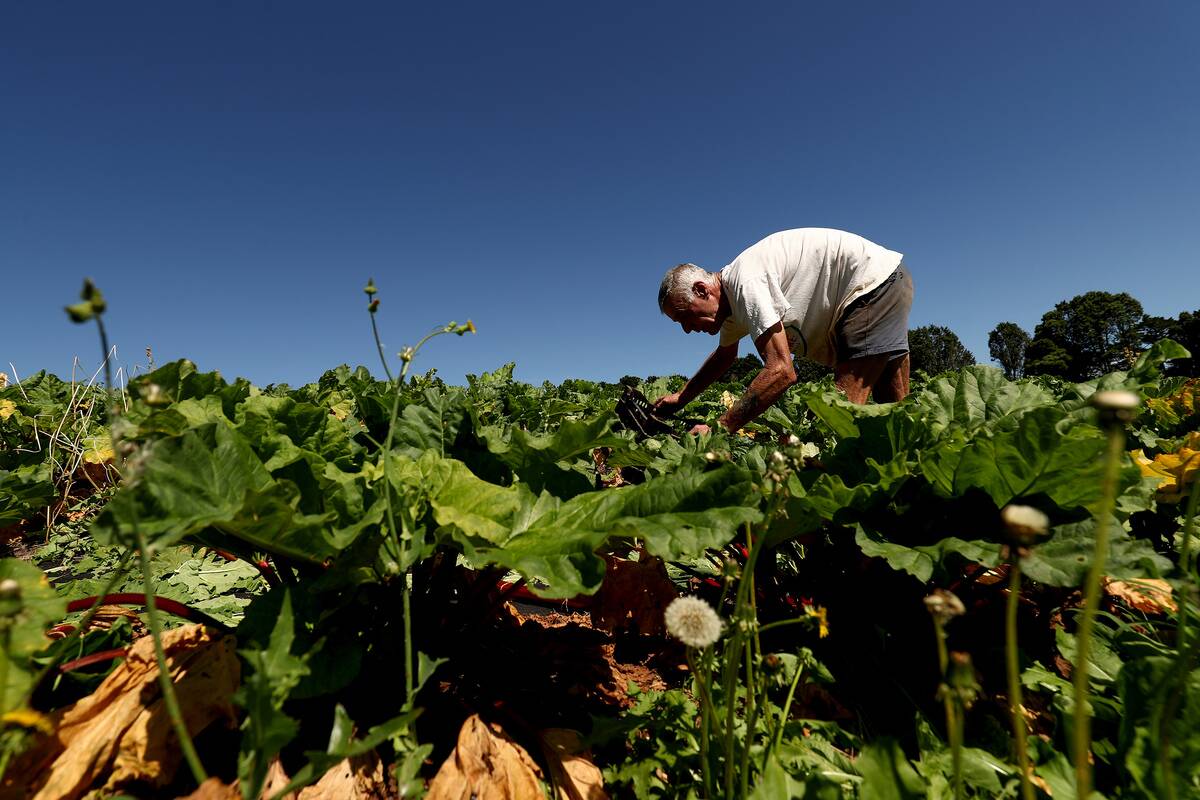
There’s nothing quite like the taste of vegetables freshly picked from the garden. Homegrown produce offers superior flavor and nutritional value, free from the preservatives and chemicals often found in store-bought varieties.
Growing your own vegetables fosters a connection to the land and an appreciation for the effort required to cultivate food, making every meal a rewarding experience.
Having a Story for Every Old Barn
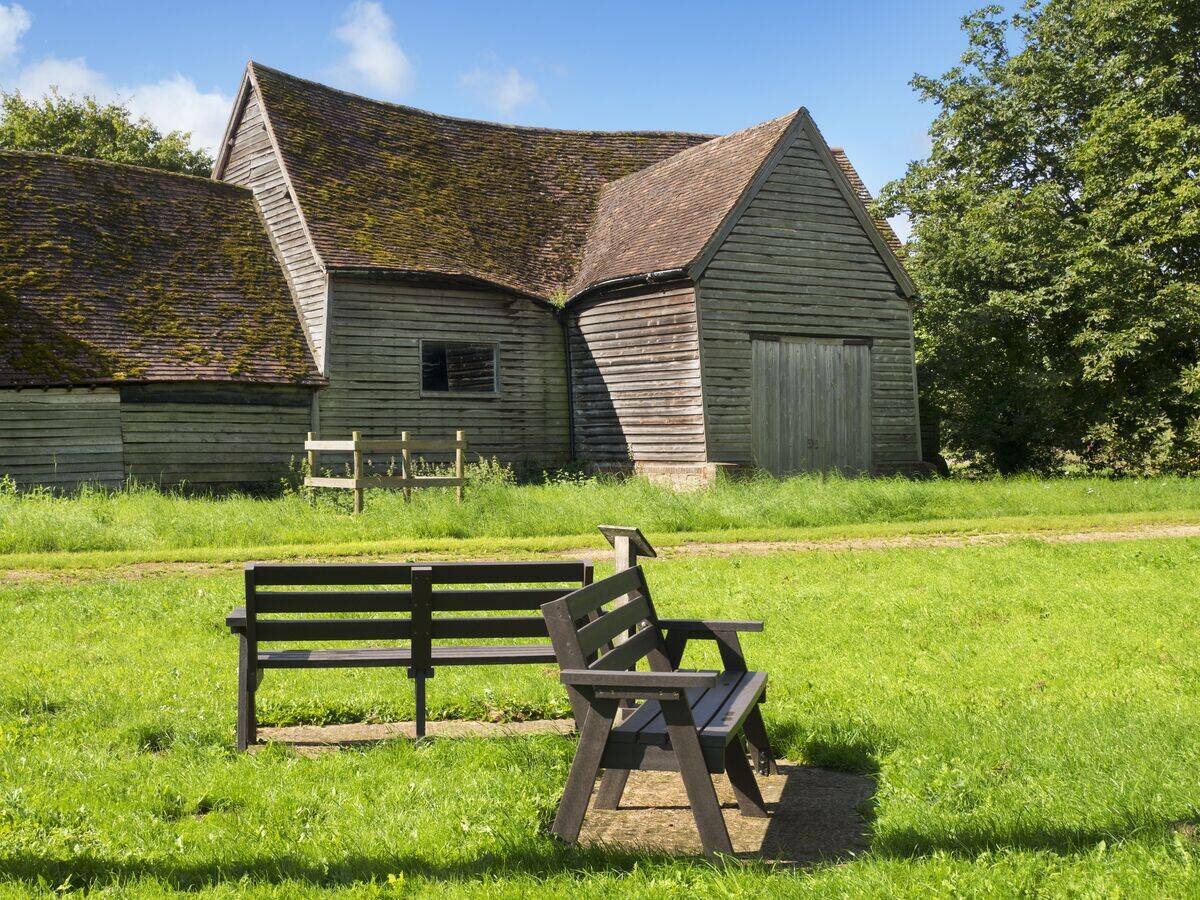
Every old barn on a farm has a story to tell, from its construction to the countless seasons it has weathered. These structures serve as storied landmarks, holding memories of past harvests, community gatherings, and family milestones.
Farmers often take pride in their barns, maintaining them as symbols of their heritage and the enduring legacy of their hard work.
The Unspoken Language of Farm Machinery
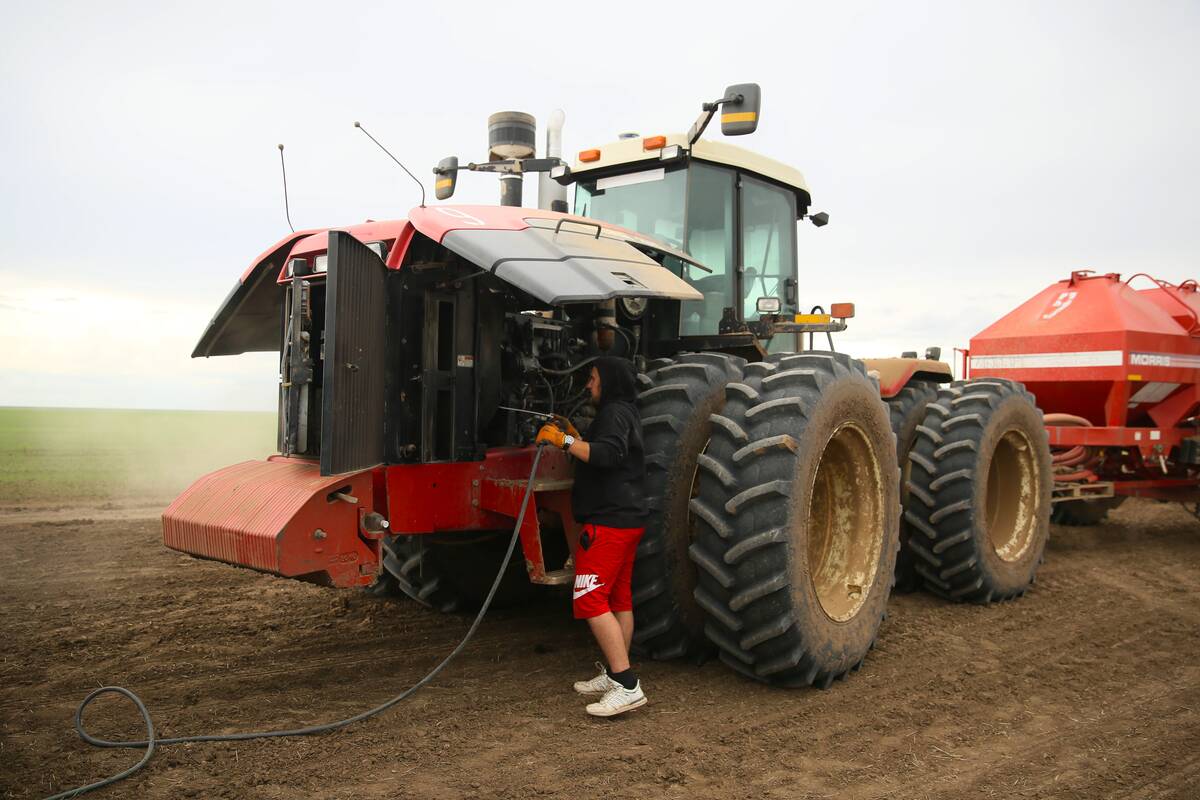
Farm machinery speaks a language of its own, understood by those who operate it daily. Each sound and vibration holds a meaning, from the hum of a well-tuned engine to the clatter of a misaligned gear.
Farmers become fluent in this unspoken language, allowing them to diagnose and address issues swiftly, ensuring the machinery’s efficiency and the farm’s productivity.
The Beauty of Wide Open Spaces
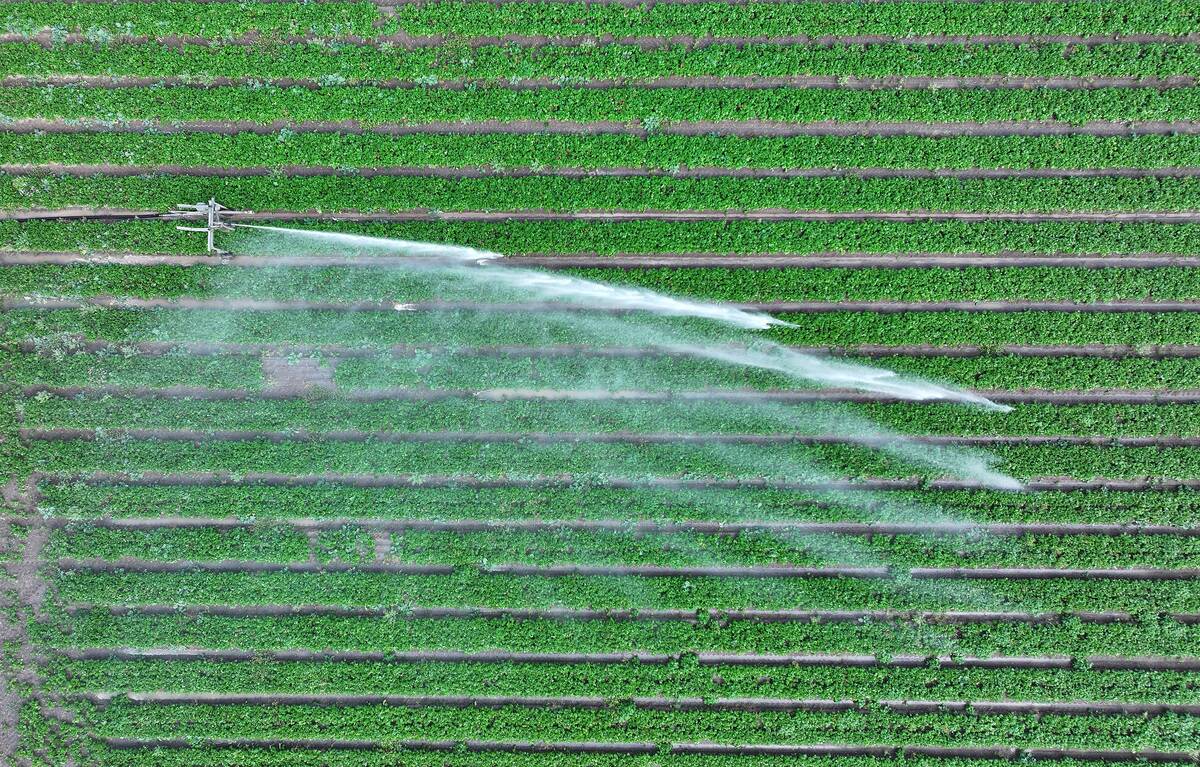
There’s an unparalleled sense of freedom that comes with living in wide open spaces. The vast landscapes offer breathtaking views and a tranquility that’s hard to find elsewhere.
These open spaces provide a blank canvas for farming, where the land and sky meet in a harmonious expanse. For those who call it home, this natural beauty is a constant reminder of the simplicity and grandeur of rural life.



